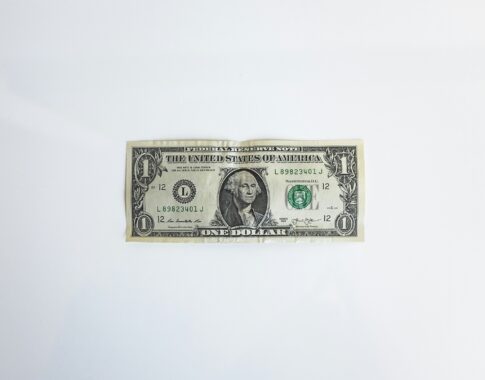Today, I will explain the following site. (AI-generated)
円の下落阻止には4-4.5%の日米金利差が必要-バークレイズ(Bloomberg) – Yahoo!ニュース
Contents
Understanding the Yen-Dollar Exchange Rate Dynamics
The Yen-Dollar exchange rate is a critical metric for investors and traders in the foreign exchange (Forex or FX) market. It represents the value of the Japanese yen in relation to the US dollar. Several factors can influence this dynamic, including economic indicators, political stability, and notably, interest rate differentials between Japan and the United States.
What Drives the Yen’s Decline Against the Dollar?
The recent decline of the yen against the dollar has been attributed to various factors. One significant aspect is the difference in interest rates set by the Federal Reserve (the central bank of the US) and the Bank of Japan. Higher interest rates in the US compared to Japan can lead to a stronger dollar as investors seek higher returns, thus contributing to the yen’s decline.
Interest Rate Differentials: The Key to Stabilizing the Yen?
Analysts from Barclays have suggested that a 4-4.5 percentage point gap in interest rates between the US and Japan could potentially halt the yen’s excessive depreciation. However, they anticipate that such a differential is unlikely to occur before the second quarter of 2025. The spread between the US Federal Funds Rate and Japan’s uncollateralized overnight call rate currently stands at 520 basis points, with expectations of further divergence in the latter half of the year.
Forecasting the Yen-Dollar Exchange Rate: Insights for Traders
Traders keep a close eye on the yen-dollar exchange rate for strategic planning. Barclays strategists predict that the exchange rate may hover around 160 yen per dollar by the end of the year. Such forecasts are crucial for traders to make informed decisions in the FX market.
Interest Rates and Currency Markets
Exploring the Impact of US and Japan Interest Rates on FX Trading
Interest rates are a fundamental driver in the FX market, influencing currency values. The US Federal Reserve and the Bank of Japan play pivotal roles in setting these rates, which in turn affect the yen-dollar exchange rate. Traders must monitor these rates to understand potential currency movements.
The Role of the Federal Reserve and the Bank of Japan in Forex Markets
The Federal Reserve and the Bank of Japan are central to the FX market’s dynamics. Their policies on interest rates directly impact the strength or weakness of their respective currencies. Anticipated changes in these rates can cause significant volatility in the yen-dollar pair.
How Interest Rate Gaps Influence Forex Strategies
A wider interest rate gap between the US and Japan typically leads to a stronger dollar against the yen, affecting trading strategies. Forex traders often use these gaps to predict currency trends and adjust their positions accordingly.
Strategies for Forex Traders in a Volatile Market
Adapting to a Changing Yen-Dollar Landscape: Tips for FX Traders
In a market where the yen-dollar exchange rate is volatile, traders need to stay informed and adapt their strategies. This may involve hedging against risks or capitalizing on currency movements through various trading instruments.
Long-Term Predictions for the Yen-Dollar Pair and Trading Implications
Long-term forecasts, such as the one provided by Barclays, are essential for traders to plan their future positions. Understanding the factors that could influence the yen-dollar rate helps traders make more strategic decisions.
Understanding and Leveraging Currency Spread in Forex Trading
The spread between two currencies, such as the yen and the dollar, is a key concept in Forex trading. Traders can leverage this spread to their advantage by understanding how it reflects the difference in interest rates and the overall market sentiment towards each currency.












